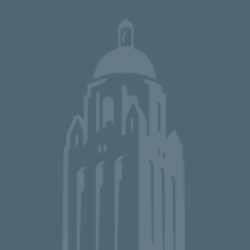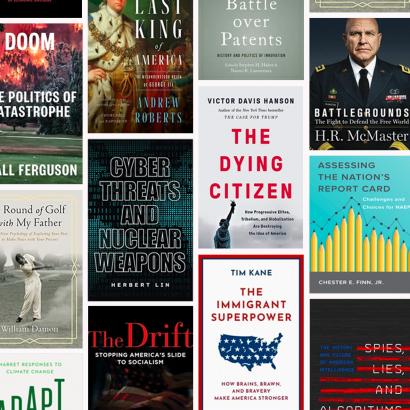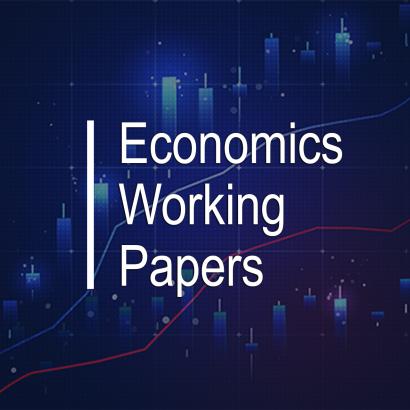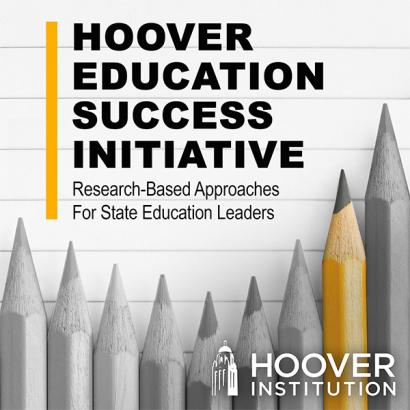Today, H.R. McMaster explains why US-India ties are fraying, and why he thinks New Delhi’s pivot towards China will be short-lived. Miles Maochun Yu explores the pageantry and symbolism of China’s largest military parade yet. And Steven J. Davis sits down with San Francisco Fed President Mary Daly to explore how central bank leaders can best communicate with the public.
Determining America’s Role in the World
On his Substack, Senior Fellow H.R. McMaster writes about the fraying of US-India relations in recent weeks over Washington’s demands (backed by escalating tariffs on Indian exports) that India stop purchasing Russian oil, which funds Russia’s continued invasion of Ukraine. In response to the tariffs, Indian Prime Minister Narendra Modi has cozied up to geographic rival China, appearing at the Shanghai Cooperation Summit this week with Russian President Vladimir Putin and Chinese President Xi Jinping. McMaster argues that although the Indian pivot towards America’s rivals is real, it will likely only be temporary. Read more here.
Visiting Fellow Miles Maochun Yu appeared on CBS News’ Face the Nation to break down the new weapons displayed by China during its largest military parade yet. With new “loyal wingman” air combat autonomous drones, vehicle-mounted lasers and hypersonic missiles on display, Yu says Xi Jinping is seizing the moment to garner attention, as Russia remains bogged down in Ukraine, North Korea fights to stay relevant, and India snarls about new US tariffs. Yu says the national leaders gathered for the parade, including Belarus, Kazakhstan, Cuba and Myanmar among others, share little more in common than their enmity for the United States, and the gathering serves only as propaganda against the West. Watch the conversation here.
The Economy
On the latest episode of Economics, Applied, Senior Fellow Steven J. Davis interviews Mary Daly, president of the Federal Reserve Bank of San Francisco, from the Jackson Hole Economic Policy Symposium in Wyoming. Daly speaks about transparency and accountability in central bank decision making; the evolution of Fed communication, from secrecy, to issuing post-meeting statements beginning in the 1980s, to using communication as a policy tool. She also underscores the importance of clarity in policy communication, saying that too much precision in policy communication can be unhelpful. According to Daly, in an era of great economic uncertainty, overcommunicating with precision locks one into a particular view only to find out later the world evolved differently. She instead recommends scenario-based guidance by central bank decision makers, which provides possible policy options given certain economic conditions. Watch or listen to their conversation here.
Empowering State and Local Governance
Indigenous students and young professionals hoping to foster robust economic activity in their local communities gathered for the Indigenous Student Seminar at the Hoover Institution from August 5 to 9, 2025. The fifth annual weeklong gathering brought together students and recent graduates from the United States, Canada, and New Zealand to reinvigorate the entrepreneurial spirit demonstrated by Indigenous peoples for millennia, propel regulatory changes to help Indigenous groups chart their own economic paths, and discuss the seemingly endless array of colonial barriers to development. The seminar is part of the Renewing Indigenous Economies Project at the Hoover Institution, directed by Hoover Senior Fellows Terry Anderson and Dominic Parker, and administered and moderated by Gonzaga University Professor of Entrepreneurship Daniel Stewart. Read more here.
California
Over at California on Your Mind, Distinguished Policy Fellow Bill Whalen writes about what is next for Governor Gavin Newsom. With his ambitions for national office now clear for most to see, where and what will he do next? If he really wants the Democratic nomination for president in 2028, the path likely begins in South Carolina (or possibly Georgia or North Carolina). But that means Newsom will have to court the same Black-majority primary voting bloc that delivered Joe Biden early wins in the 2020 nomination race. But to appeal to them, Whalen argues Newsom would have to confront his own record on Black welfare in California, specifically his stance on the state’s bills calling for reparations, the 17.5 percent poverty rate for Black Californians, and the slow pace of rebuilding after the January 2025 wildfires that destroyed much of the historically Black community of Altadena north of Los Angeles. Whalen also entertains the possibility that Newsom reaches Washington, DC, not as a US president, but as a senator. Read more here.










Related Commentary